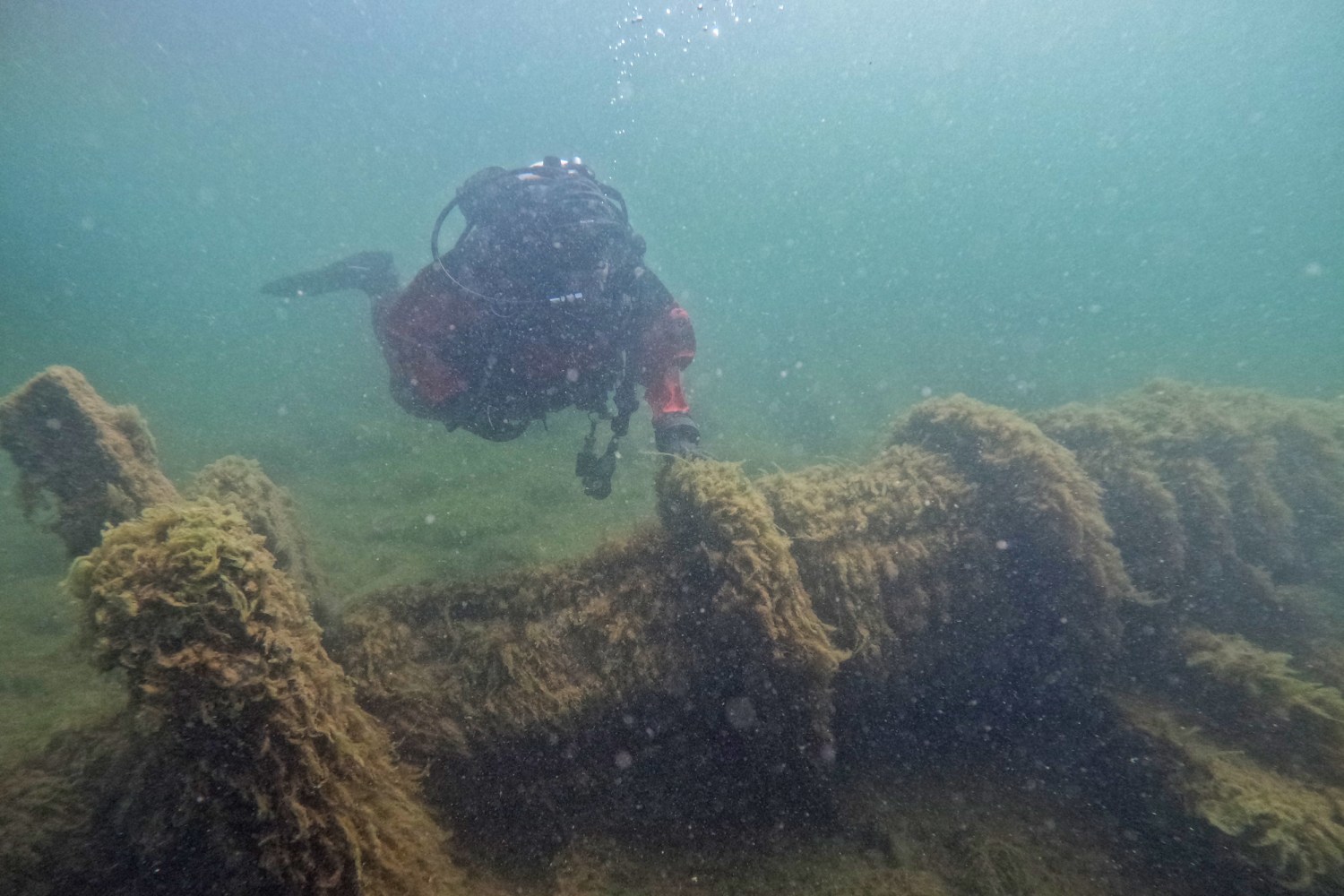In the dense jungles and ancient caves of Mexico, a quiet revolution is underway, led by a man on a mission to change the public’s perception of one of the world’s most misunderstood creatures: the bat. Rodrigo Medellín, a renowned ecologist and conservationist, has dedicated his life to protecting these nocturnal mammals. His passionate advocacy has earned him the affectionate moniker “Mexico’s Bat Man.” Through his relentless work, he is proving that these animals are not symbols of fear but crucial pillars of their ecosystems, essential for everything from agriculture to the health of entire forests. His campaign is a powerful story of science, conservation, and the human effort to save what he calls the “most unfairly treated animals on Earth.”
Medellín’s journey began with a childhood fascination with nature that grew into a lifelong commitment. He witnessed firsthand the widespread fear and misinformation that surrounded bats in his native Mexico. Farmers and communities often targeted them as pests, driven by old superstitions and a lack of understanding. He realized that to save the bats, he first had to save their reputation. This mission became a central part of his work, leading him to engage in a multi-pronged approach that combines rigorous scientific research with creative and engaging public outreach.
His contributions to science have been vast. Over many years of fieldwork, he has carefully recorded the ecological roles of bats, especially their roles in pollination and seed dispersal. He demonstrated that the long-nosed bat, for example, is the exclusive pollinator of the agave plant, the plant used to make tequila. Without these bats, Mexico would be without its famous beverage. This direct connection between a cherished cultural item and an often-misunderstood creature stands out as one of his most compelling points. He has shared his findings with governments, companies, and local groups, establishing a strong argument for the conservation of bats based on solid evidence.
However, Medellín’s real talent is in conveying his discoveries to the masses. He knows that even a revolutionary scientific article won’t convince a farmer who thinks bats are harming his fields. To close this divide, he has employed methods ranging from school programs to documentaries and lectures open to all. His engaging and persuasive manner has turned him into a television celebrity and a well-loved icon throughout Mexico and beyond. He has taken the topic of bat preservation and made it approachable and thrilling, turning a previously avoided issue into a matter of national admiration.
One of his most successful initiatives has centered on debunking the misconception that bats are dangerous rabies carriers. He has illustrated that although some bats can transmit the disease, most are harmless and are crucial for insect population control. He has collaborated with communities to construct bat shelters and establish safe environments for these creatures, proving that living alongside them is not only feasible but advantageous. His endeavors have substantially decreased the killing of bats in numerous areas of Mexico, as people now view them as allies instead of threats.
The difficulties in conservation are, however, far from being resolved. The ongoing destruction of habitats, climate alterations, and relentless human actions continue to threaten bat colonies significantly. Medellín and his colleagues are persistently striving to broaden their conservation initiatives by employing tracking devices to chart migratory paths and advocating for the establishment of safeguarded areas. Their efforts with the long-nosed bat specifically have resulted in the species being taken off the list of threatened species, showcasing the impact of their committed endeavors. This achievement has inspired other conservation initiatives as a motivation.
The tale of “Mexico’s Bat Man” is a strong reminder of the significance of conserving individual species. By concentrating on bats, Medellín has not only safeguarded these animals but also emphasized the complex network of life that supports whole ecosystems. His efforts act as a source of motivation for conservationists globally, demonstrating that dedication, perseverance, and the courage to question established ideas can bring about significant transformation. His legacy will be assessed not merely by the number of bats he has rescued, but by the numerous minds he has enlightened to the marvel and value of the natural environment.




